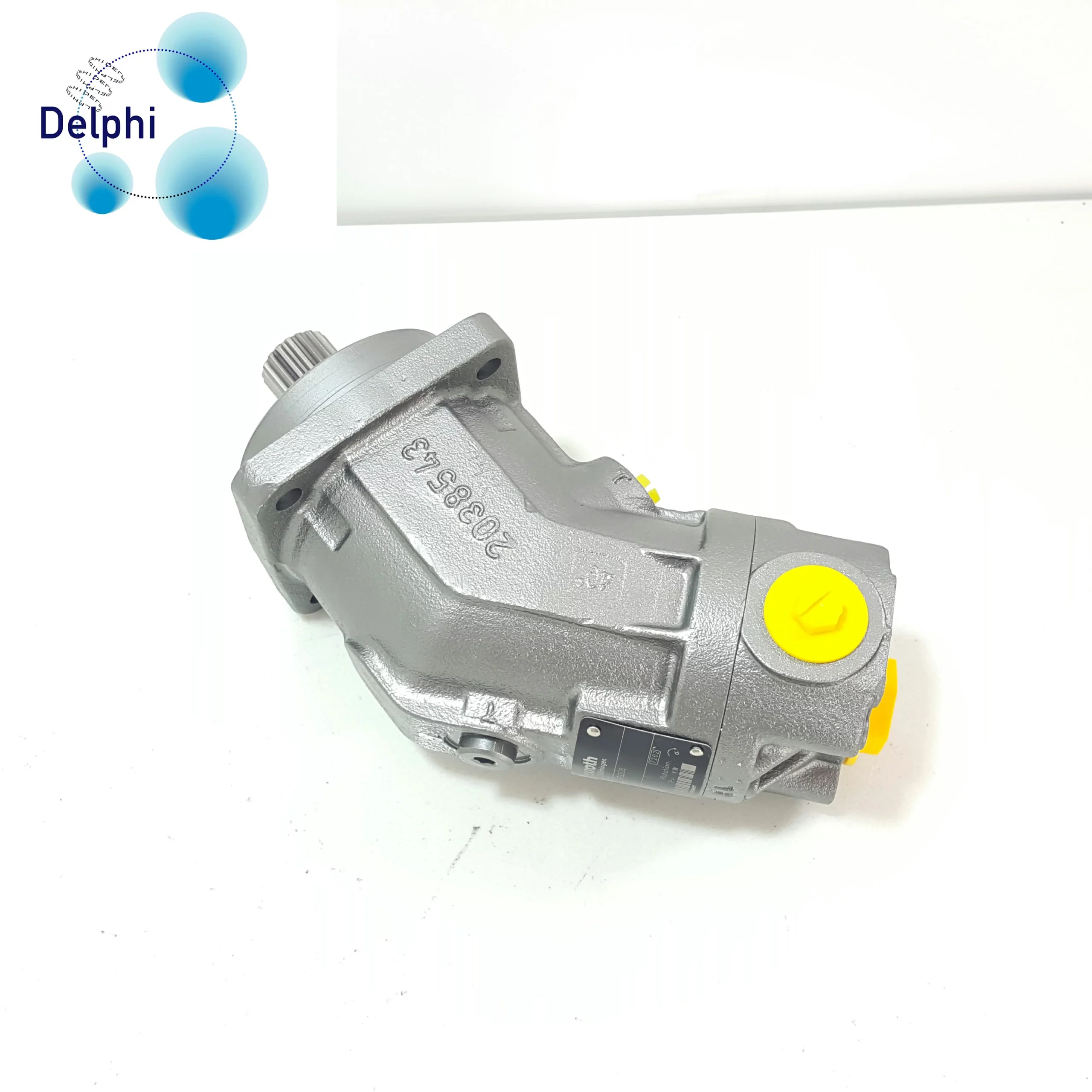Sizing the A2FO Series Pump or any hydraulic pump for a specific application involves considering various factors to ensure optimal performance and efficiency.
Here are some primary considerations for sizing the A2FO Series Pump:
- Flow Rate Requirements:
- Determine the required flow rate (in liters per minute or gallons per minute) for the hydraulic system. Consider the demands of different actuators and components that the pump needs to supply.
- System Pressure:
- Identify the operating pressure requirements of the hydraulic system. Ensure that the pump’s maximum pressure rating matches or exceeds the system’s maximum pressure.
- Duty Cycle:
- Assess the duty cycle of the hydraulic system, including the frequency and duration of peak demand. The pump should be sized to handle the system’s maximum load during normal operation.
- Power Source:
- Consider the power source available for the pump, whether it’s an electric motor or an internal combustion engine. Ensure that the pump and power source are compatible and provide the required power output.
- Fluid Viscosity:
- Take into account the viscosity of the hydraulic fluid used in the system. The A2FO Series Pump should be selected based on its ability to handle the specified fluid viscosity for the given application.
- Temperature Range:
- Consider the temperature range in which the hydraulic system operates. A2FO Series Pump manufacturer Ensure that the A2FO pump is suitable for the specified temperature conditions to prevent issues such as fluid overheating or pump damage.
- Acceleration and Deceleration Requirements:
- Evaluate the acceleration and deceleration characteristics of the hydraulic actuators. The pump should be sized to meet the speed requirements of these movements while considering the inertia of the load.
- System Efficiency:
- Consider the overall efficiency of the hydraulic system, including the pump, motor, and other components. Choose a pump size that aligns with the desired efficiency goals for the system.
- Physical Size and Mounting Configuration:
- Consider the physical size and mounting configuration of the A2FO pump to ensure it fits within the available space and can be installed in the desired orientation.
- Noise Levels:
- Assess the acceptable noise levels for the application. Different pump sizes and configurations may produce varying noise levels during operation.
- Contamination Sensitivity:
- Evaluate the sensitivity of the hydraulic system to contamination. The A2FO pump should be selected based on its ability to operate in conditions with the expected levels of cleanliness.
- System Control Requirements:
- Consider the control requirements of the hydraulic system. Determine if the pump needs to operate in open-loop or closed-loop control and ensure compatibility with the chosen control system.
- Manufacturer Recommendations:
- Refer to the manufacturer’s technical documentation, specifications, and sizing guidelines for the A2FO Series Pump. Manufacturers often provide detailed information on pump selection based on application parameters.
- Future Expansion or Changes:
- Anticipate any future changes or expansions in the hydraulic system. Choose a pump size that allows for flexibility and accommodates potential modifications to the system.
It is crucial to work closely with hydraulic system designers, engineers, or consult with the pump manufacturer to ensure accurate sizing and selection based on the specific requirements of the application. Additionally, consider any local standards or regulations that may impact the selection of hydraulic components.
